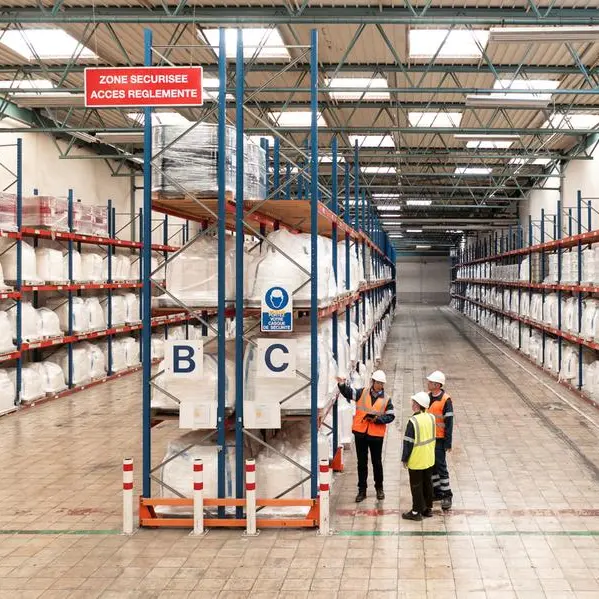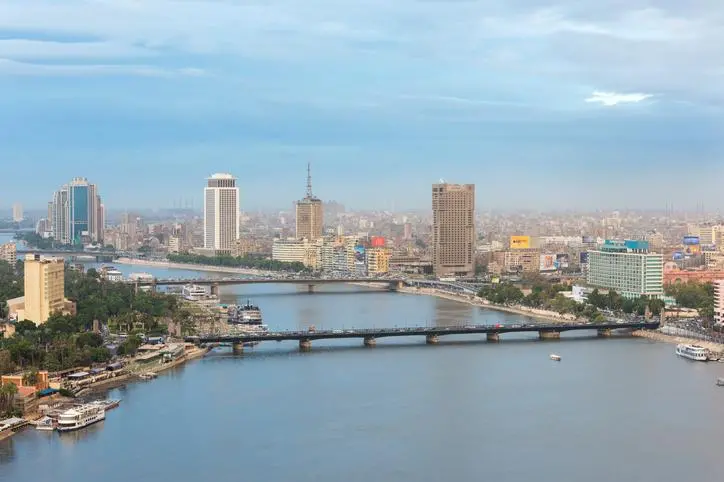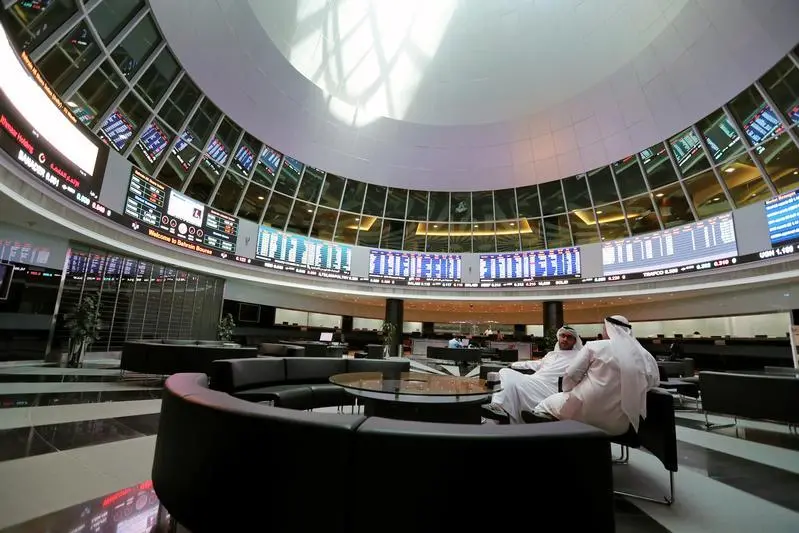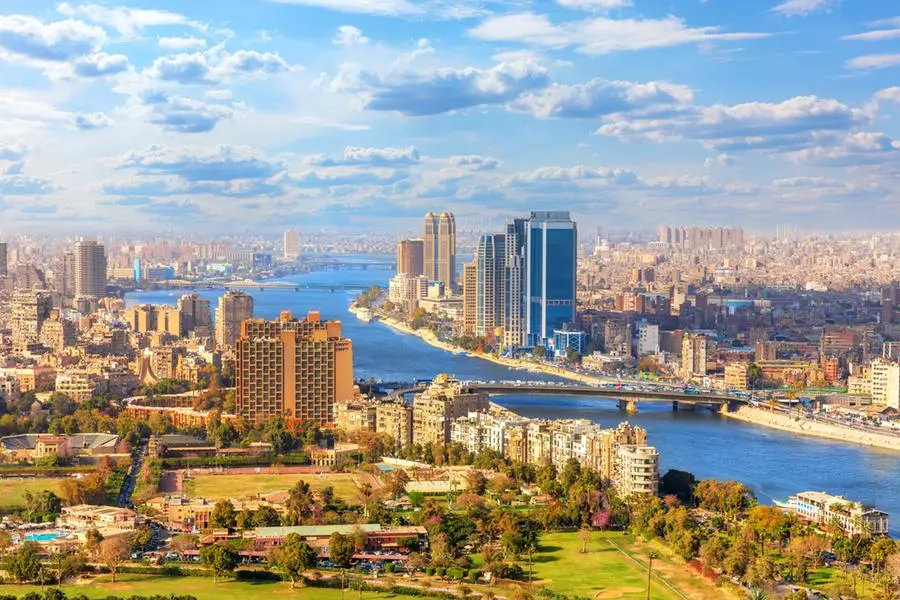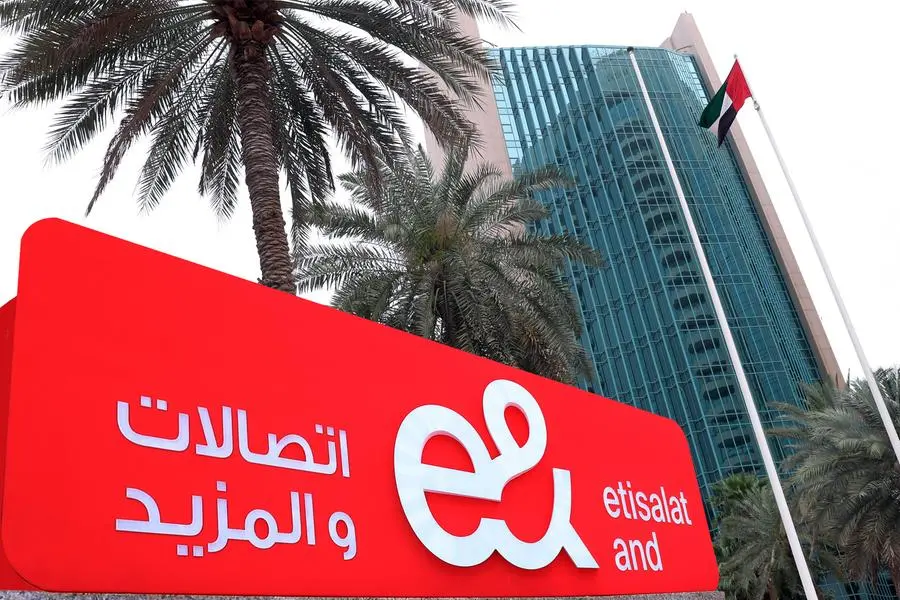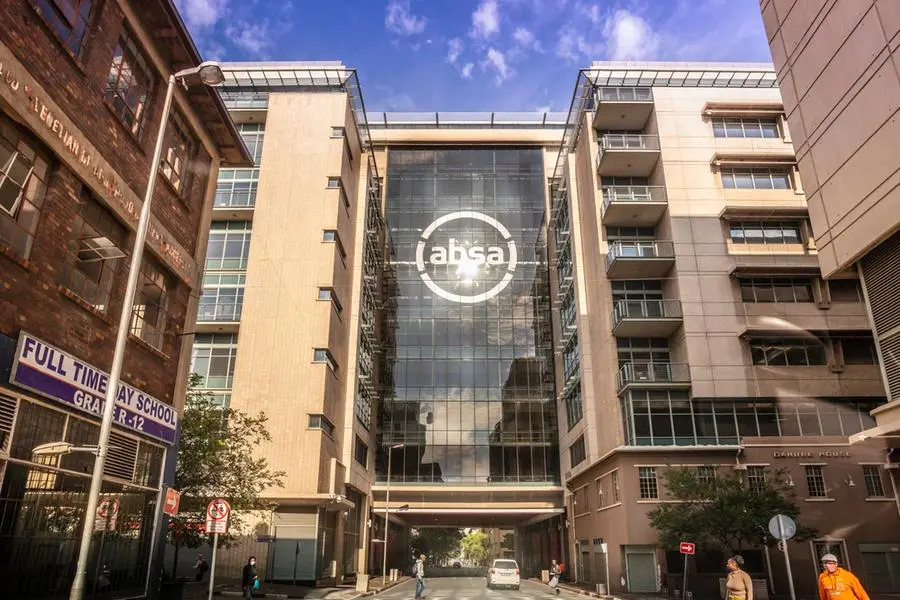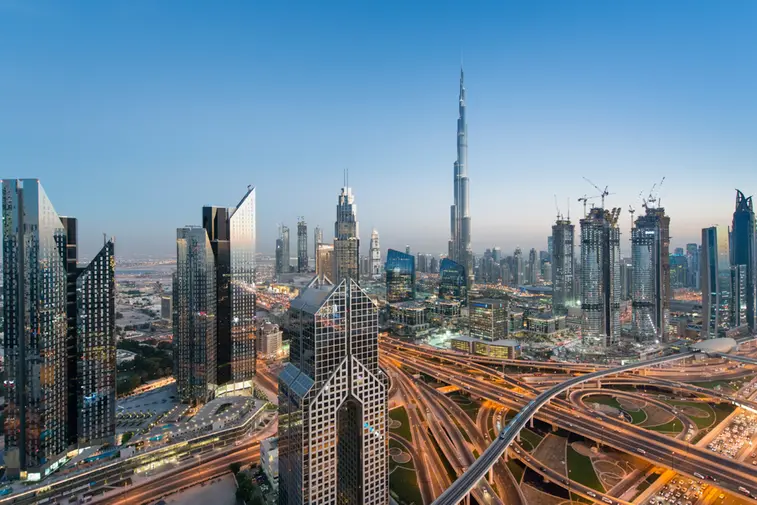PHOTO
[Top view] Online shopping young start business in a cardboard box at work. The seller prepares the delivery box for the customer, online sales, or ecommerce.
The GCC’s annual e-commerce growth for 2019 through 2022 is on pace to be 33 percent and even higher in the region’s largest markets: 39 percent in Saudi Arabia and 38 percent in the UAE. That’s roughly double the 17 percent global rate, according to the Dubai CommerCity report MEASA E-commerce Landscape. So, why is the GCC still overlooked by so many US and UK brands and retailers?
For too many, the region’s relatively modest share of global B2C e-commerce sales doesn’t justify the effort. The economies of the six-country GCC represent only about two percent of global GDP and, for now, an even smaller share of the global e-commerce pie.
Few big western brands have given the market serious scrutiny or sought out trusted partners to help with market intelligence, logistics support for fulfilment and delivery, and brand building.
That’s starting to change as fashion, electronics, home goods and lifestyle companies experience slowing sales in larger, mature markets and start to look elsewhere for new sources of growth. There are good reasons why the GCC is drawing their attention.
Connected audiences
The future of e-commerce heavily relies on well-connected, digitally savvy audiences. Nearly half of the GCC population is under age 25, making it a logical target for digital sellers. The region’s levels of internet penetration are the world’s highest: 94 percent on average in the GCC versus 59 percent for the world. The real movers here are UAE, Qatar, Kuwait, and Bahrain, which have nearly 100 percent internet penetration rates. That means a great target audience base, who are nearly always digitally engaged.
Infrastructure restructure
GCC governments have made huge investments and significant changes in the overall infrastructure required to boost the e-commerce market. Universal internet access has been made possible by the availability of 3G, 4G and 5G connectivity, and the logistics, delivery and e-commerce enablement sectors are now hyper-competitive. As a result, local providers have had to mature fast to keep up with growth rates and new operations.
Digital payments have increased in the region, particularly since the COVID-19 pandemic. As cash fell out of favour, naturally, more consumers went digital to make purchases online. With the GCC benefiting from a high capita per income, the average digital spend for a shopper in the UAE is $1,648 a year. Additionally, the UAE has, on average, a higher transaction size compared to most mature and emerging e-commerce markets. Transaction size in the UAE averaged $122 between May 2019 and April 2020, according to a report by Dubai Economy and Visa, compared to $76 in mature markets and $22 in emerging markets.
Navigating regulation
To ensure policies and processes are slick in the region, policymakers have been pressing ahead to streamline and speed up clearance processes, accelerate delivery times and add more storage options. They also are working to ensure the customer journey is as transparent and seamless as possible. The introduction of new consumer protection frameworks has also supported the switch from cash to card, perhaps one of the biggest changes to have emerged from the pandemic.
With an e-commerce opportunity that’s set to become a $50 billion market by 2025, according to research by consulting firm Kearney, there’s no reason why the GCC should remain overlooked. The biggest opportunity that remains is around accessibility to products, particularly those from US and European brands – something for sellers to consider as they explore new markets and growth opportunities.
The GCC does have some developing and maturing to do. But with its projected growth, hungry consumers and widespread connectivity, it’s starting to be recognised as one of the biggest untapped e-commerce opportunities. One likely to prove fruitful for merchants willing to put in the effort.
![[Top view] Online shopping young start business in a cardboard box at work. The seller prepares the delivery box for the customer, online sales, or ecommerce. , Getty Images/Getty Images](https://static.zawya.com/view/acePublic/alias/contentid/ZGM2YzZmODEtMTc2OS00/5/1167590726.webp?f=3%3A2&q=0.75&w=3840)





